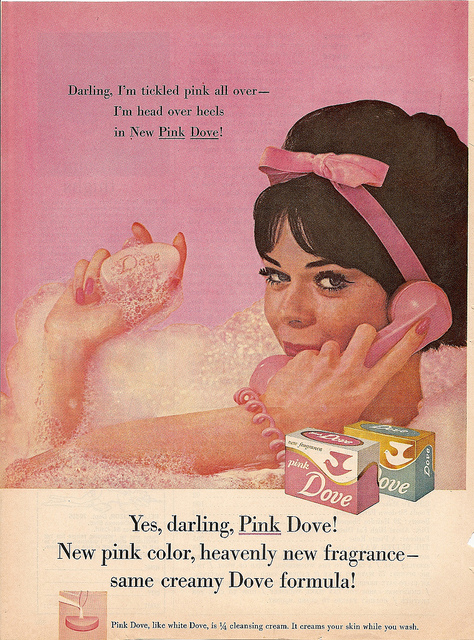
http://wpmedia.business.financialpost.com/2013/06/new.jpg
My marketing group did an analysis and a recommendation for Mountain Equipment Co-op. We were told to film a video that briefly includes our analysis and recommendation. My group members generally worked really well together, however, our main problem was to match everyone’s schedule. I am the most free one in the group since I only have school. My other members have school, clubs executive meetings, work, and many more work that take away their time. Not all our schedules are perfectly compatible. We’ve had quite a few meetings that didn’t have the whole group there, which we updated the missing member(s) at the end of the meeting on our Facebook Group.
Aside from schedule compatibility, commitment has also become a problem in a group. There were members who said they are free for a certain time at a certain date, but they ended up leaving the group meeting early. Although this didn’t provide us a big problem, since we planned our meetings as if the assignment is due a week earlier, I think that it would be less time consuming for all the group members to commute out again on another day just to finish off the meeting.
Like I mentioned from the previous paragraph, my group tends to TRY our best to finish the assignment at least 1 week beforehand. We do so in case of technical errors that can occur, and also due to final edit. For our video, if we didn’t plan earlier beforehand, our video wouldn’t be as it is now (it would have been way worse).
Aside from time compatibility and commitment problems, our team worked very well together. Once we get together and update each other about recent extra-curricular activity, we immediately get into the no-procrastination-work-fast-and-precise mode. Once we get into this mode, we work non stop and discuss until we have a common decision as of what we analyzed and recommended correctly. After coming up with a decision of what to write, we separate the work and all work on our own assigned parts together during the meeting. Usually it only takes each of us 30-40 minutes to finish our part. Afterwards, one person formats everything and puts everything together. I believe my group may have flaws, but my group members are yet the best ones i’ve had so far.
















